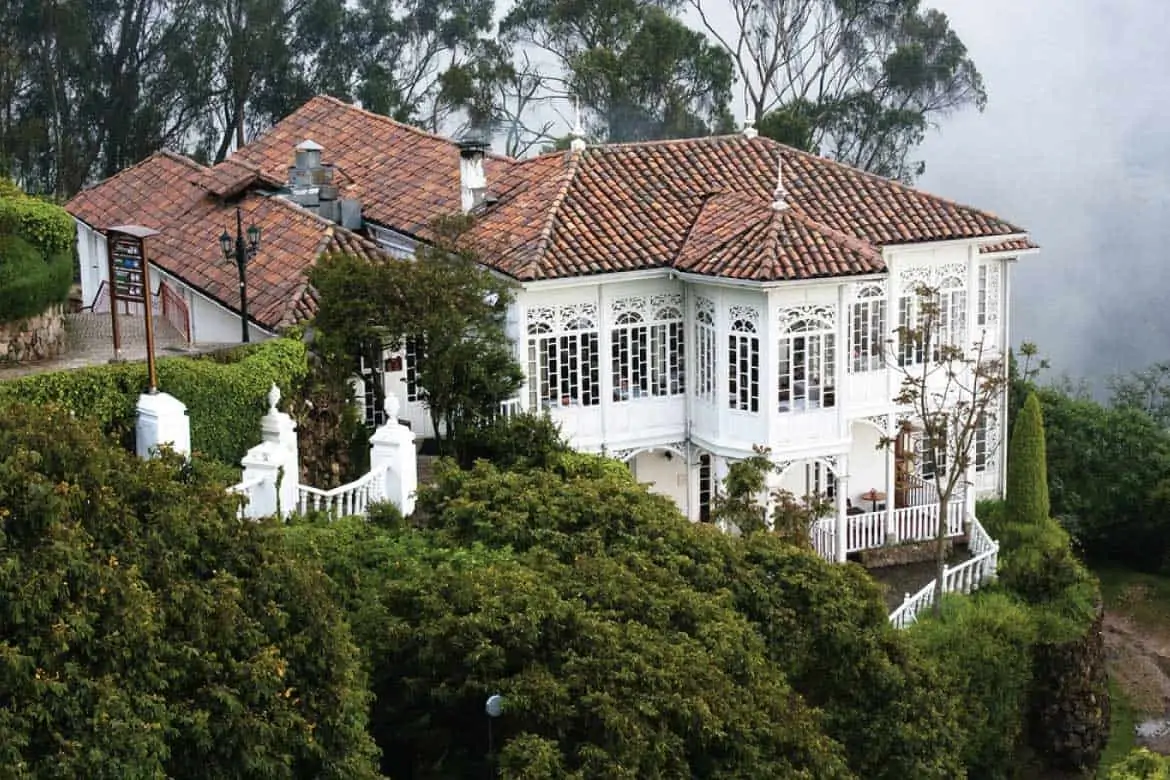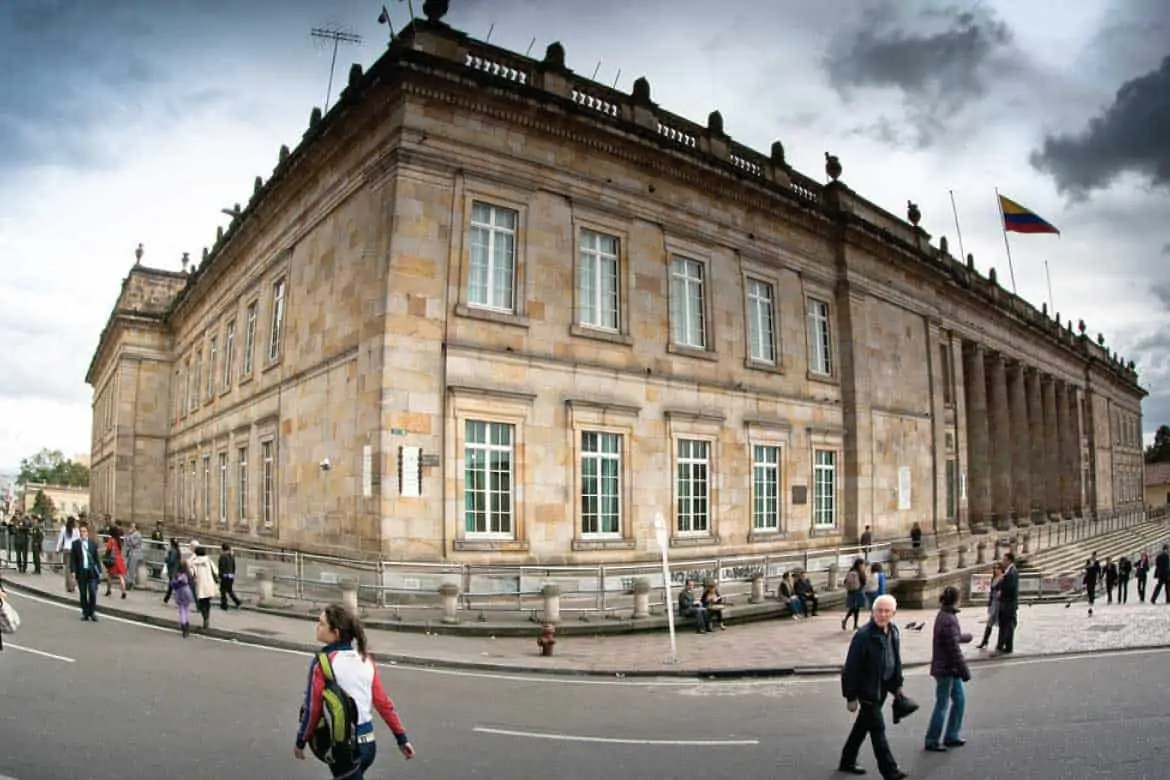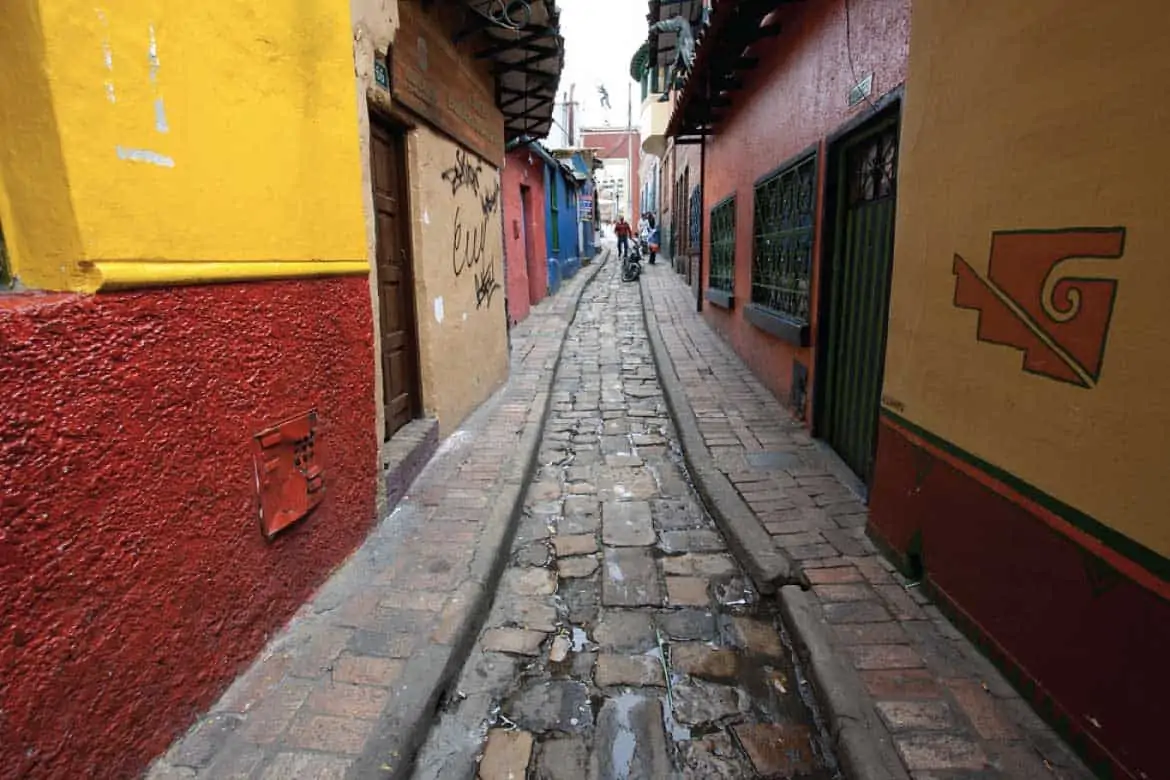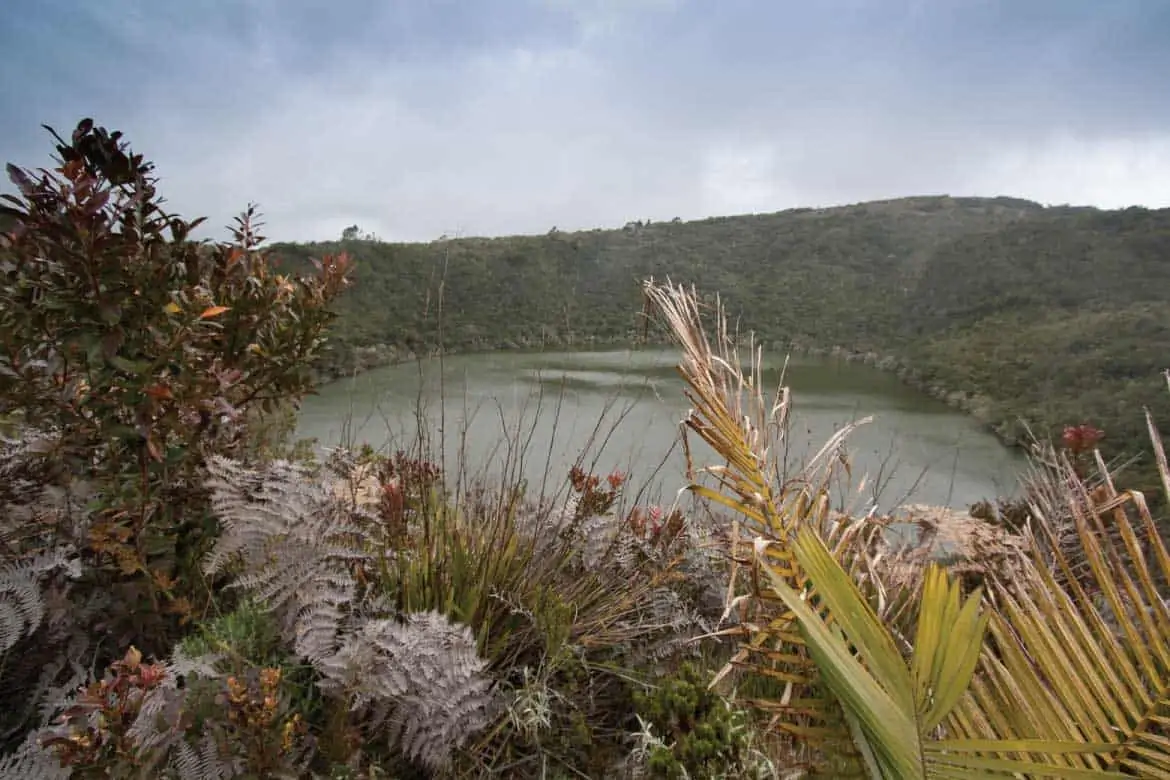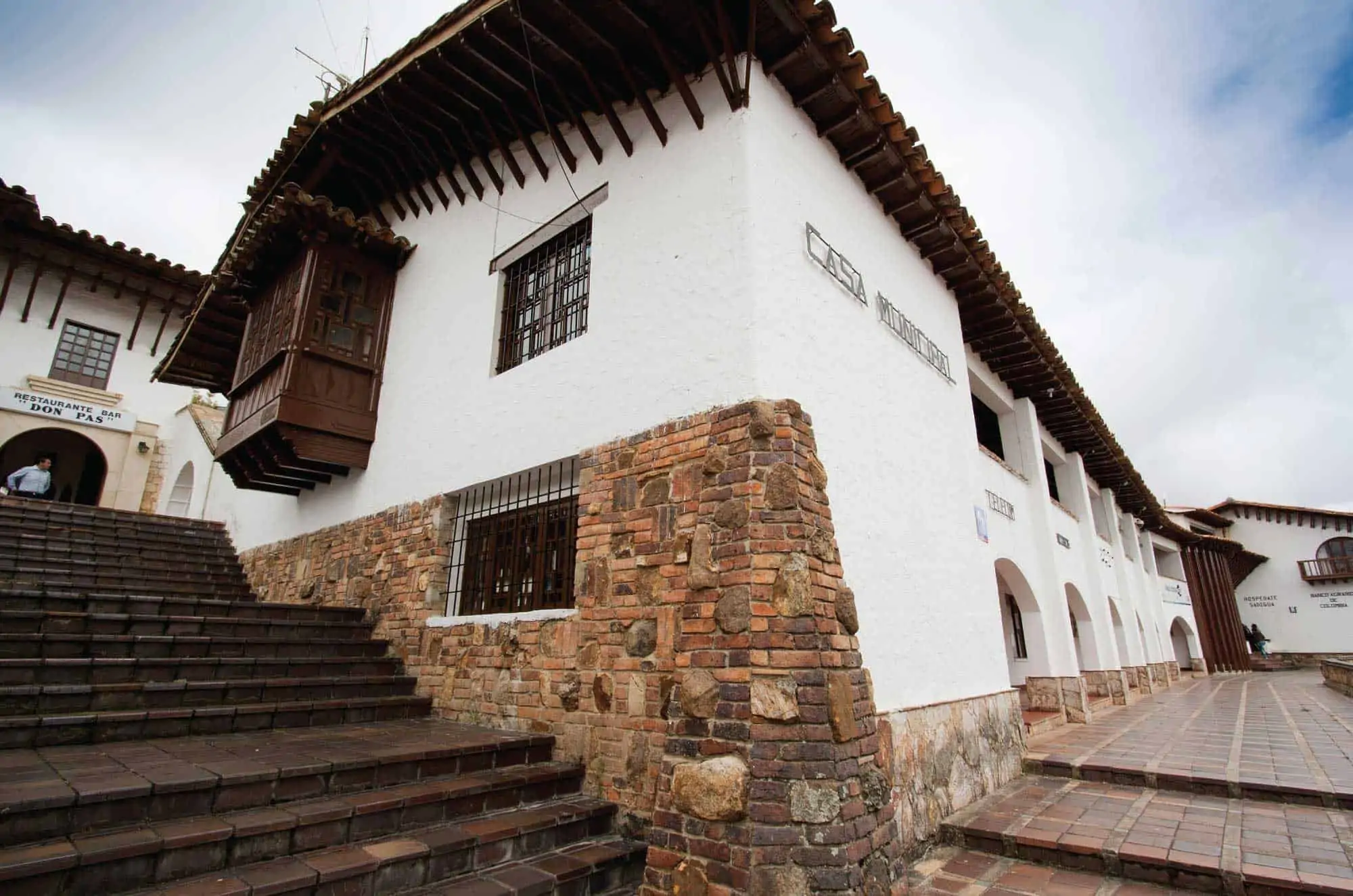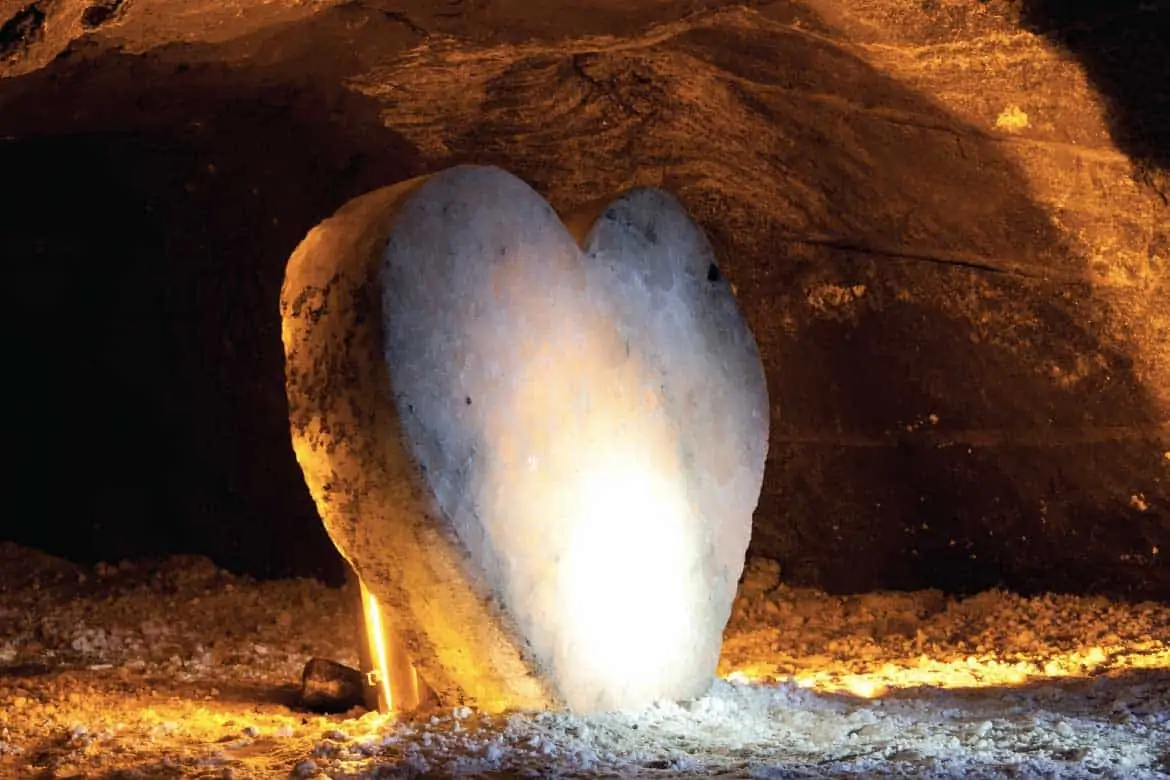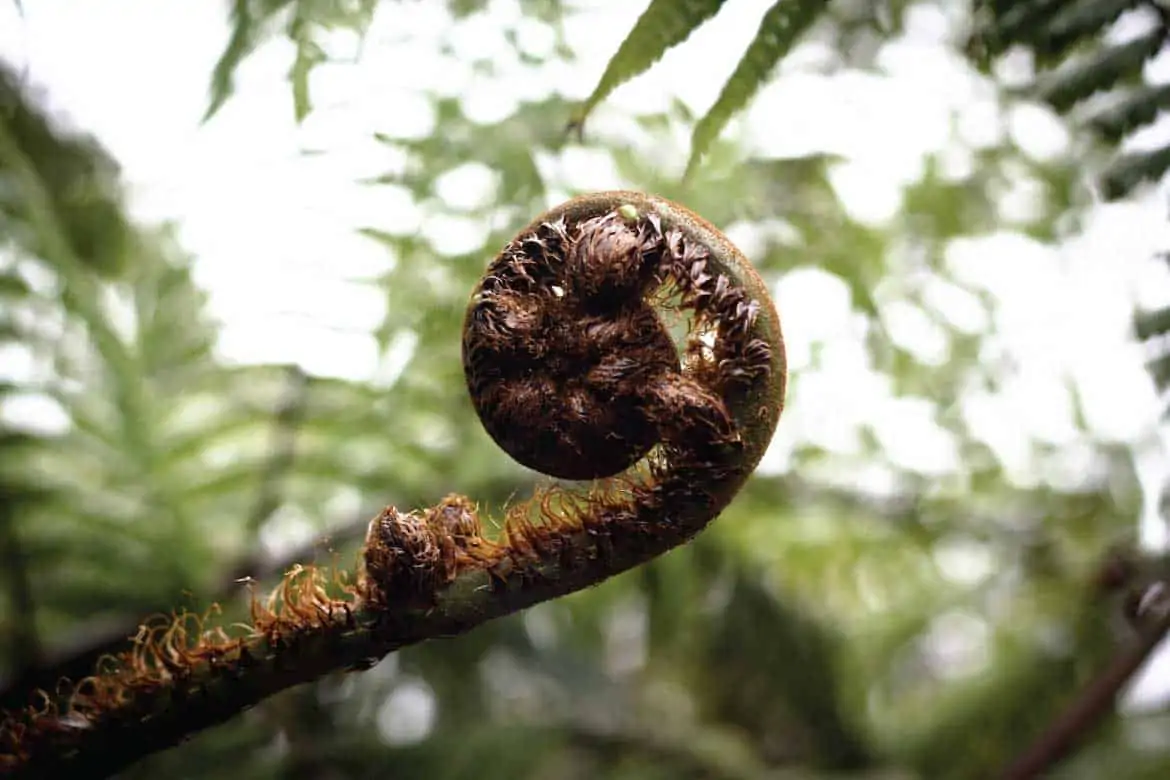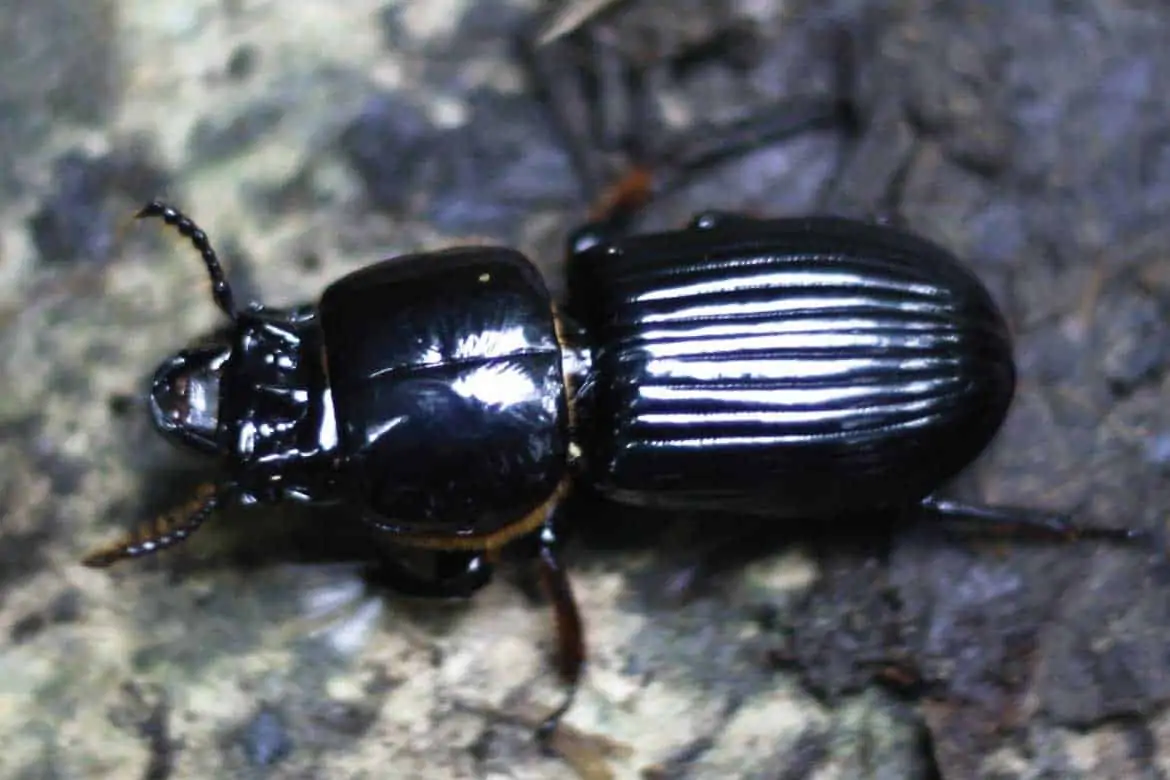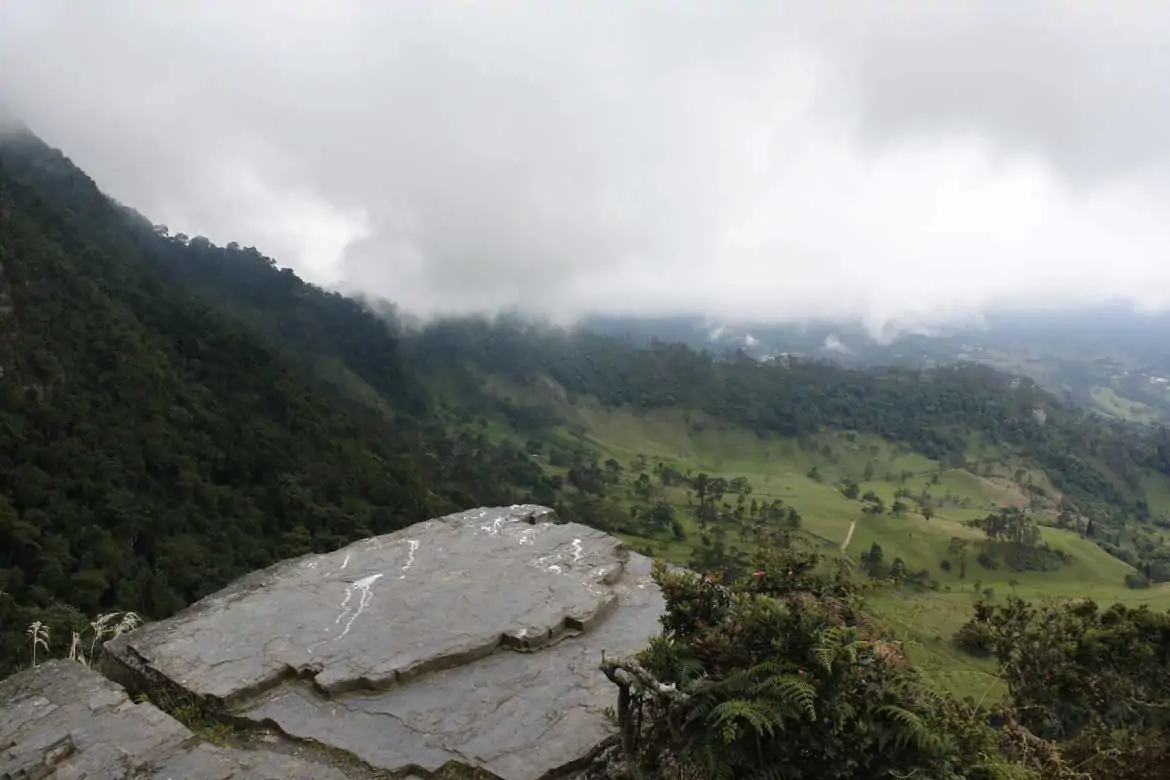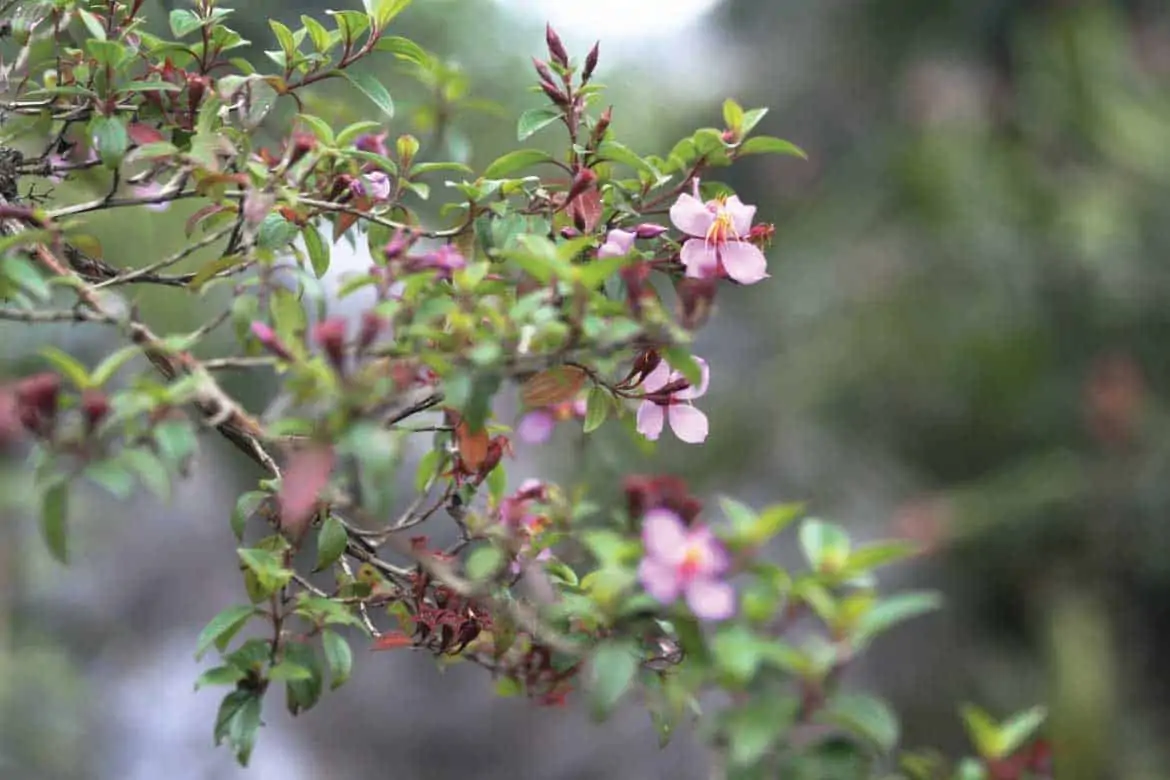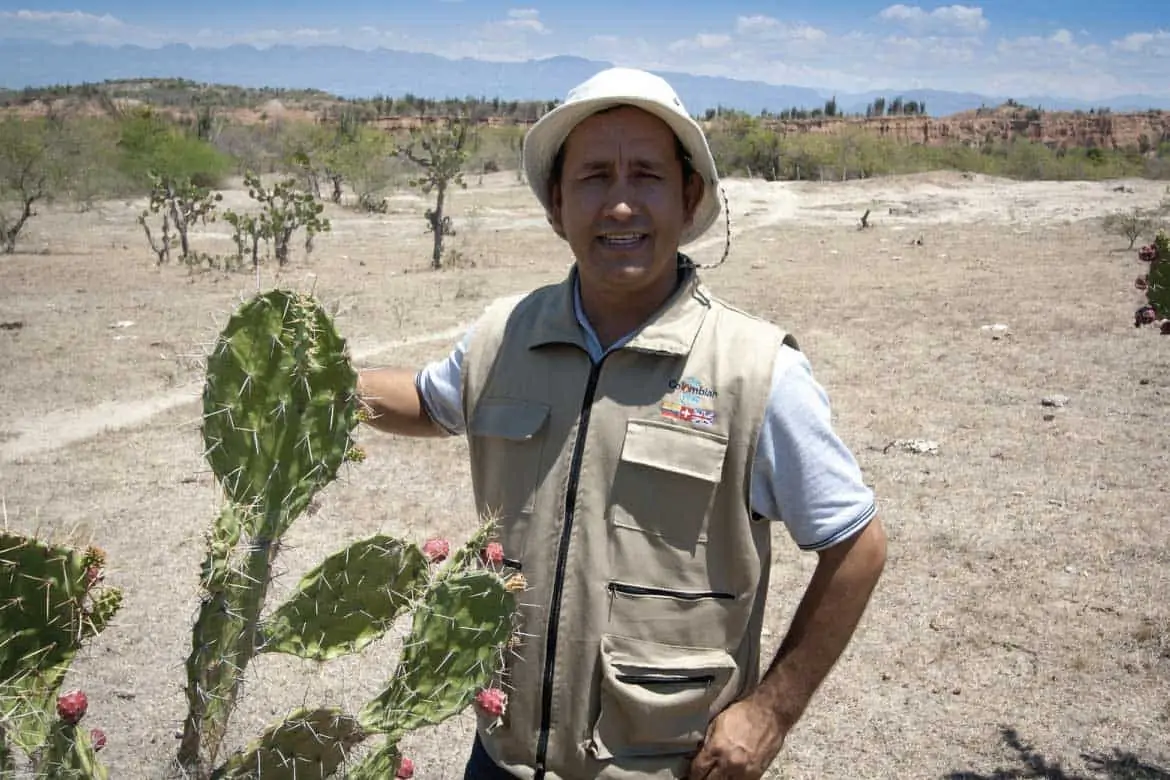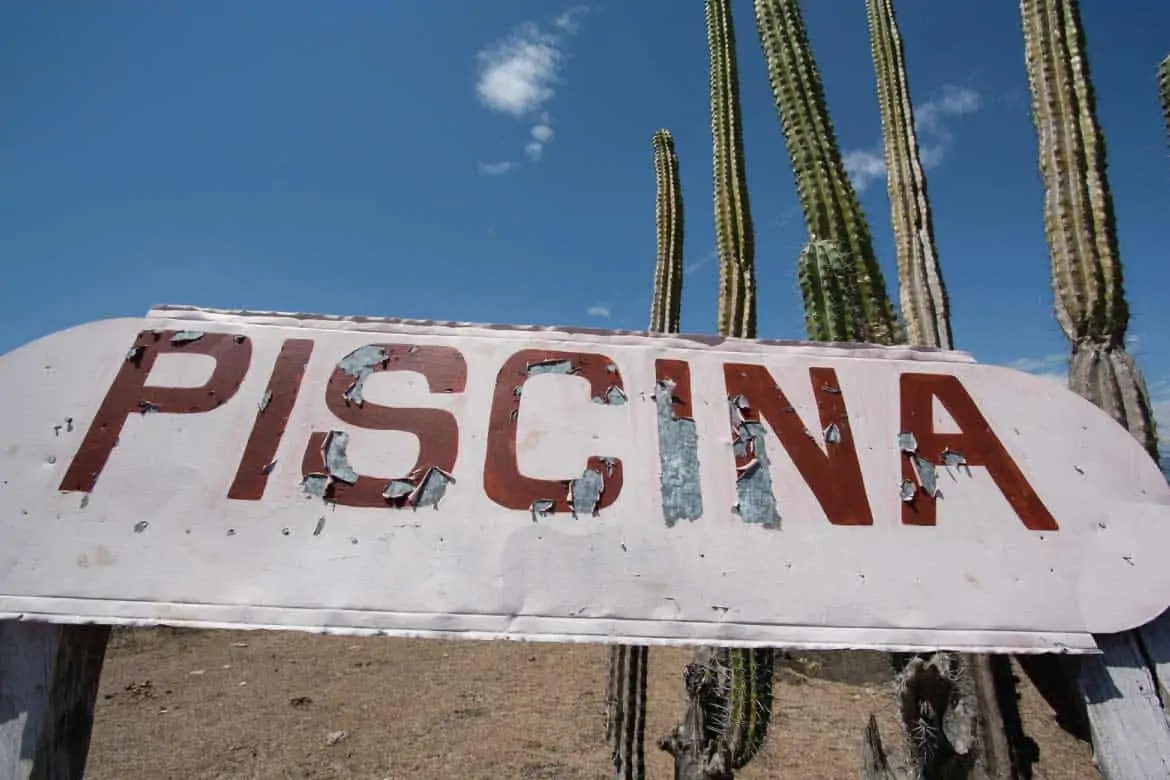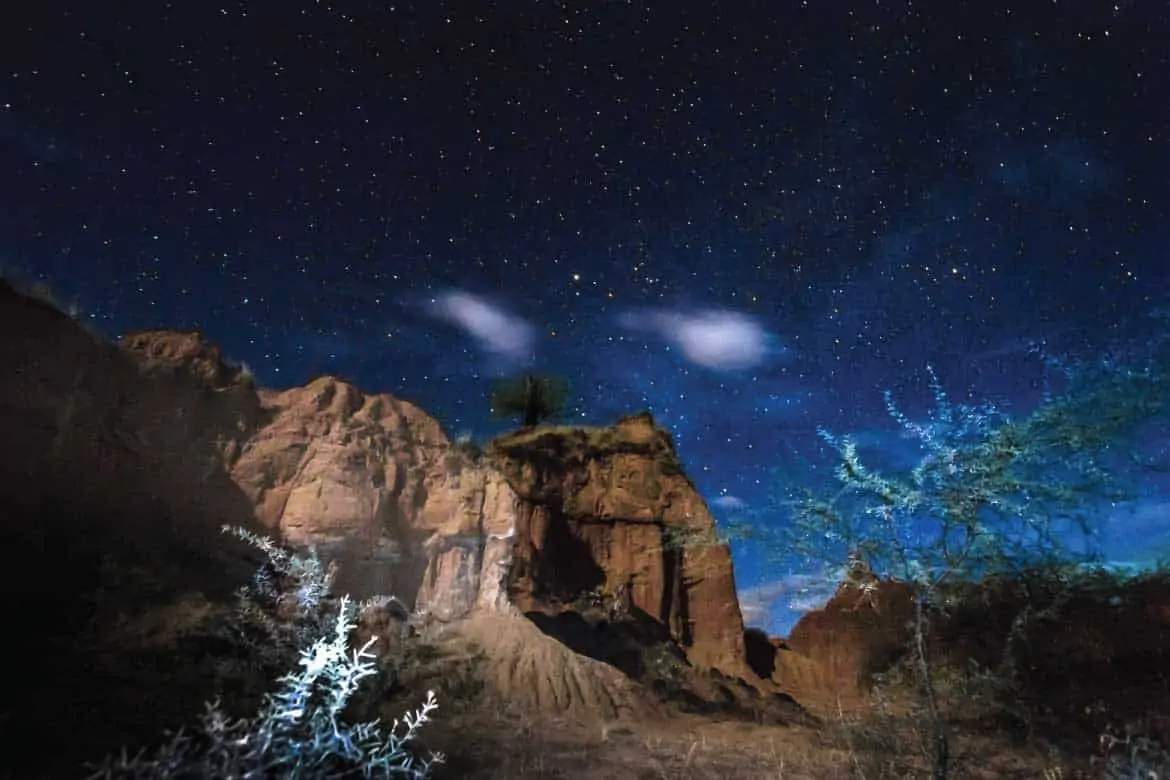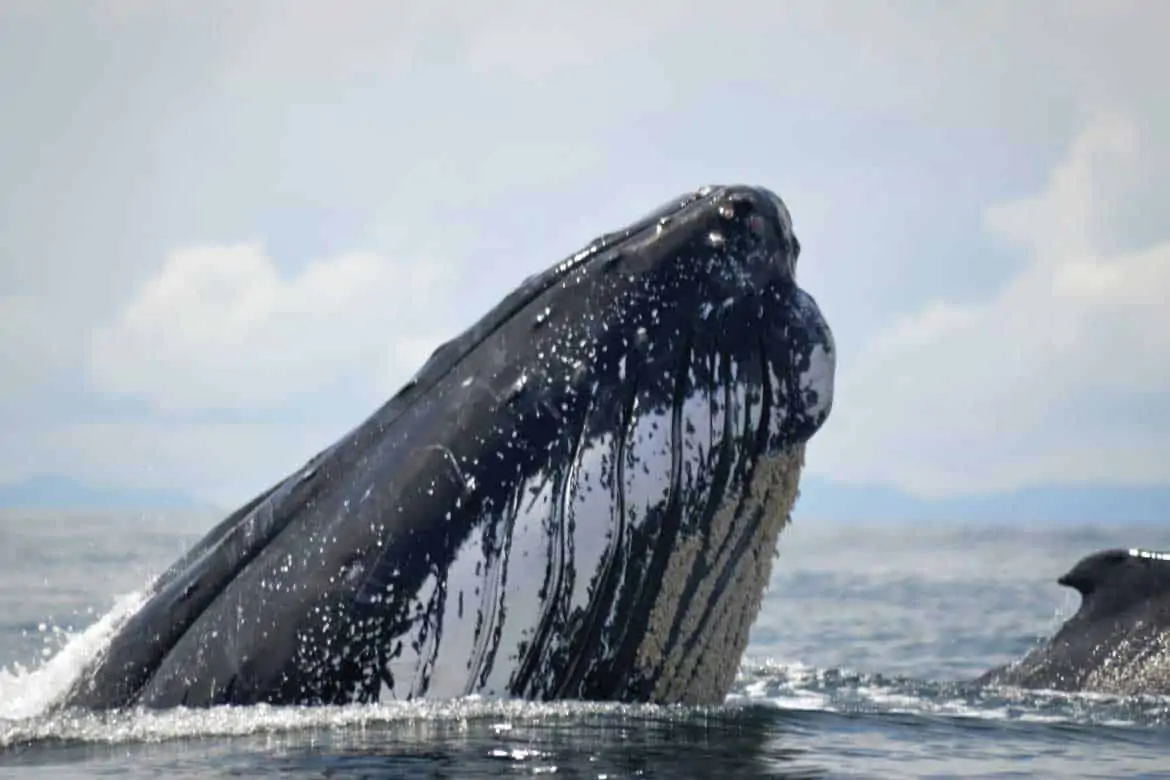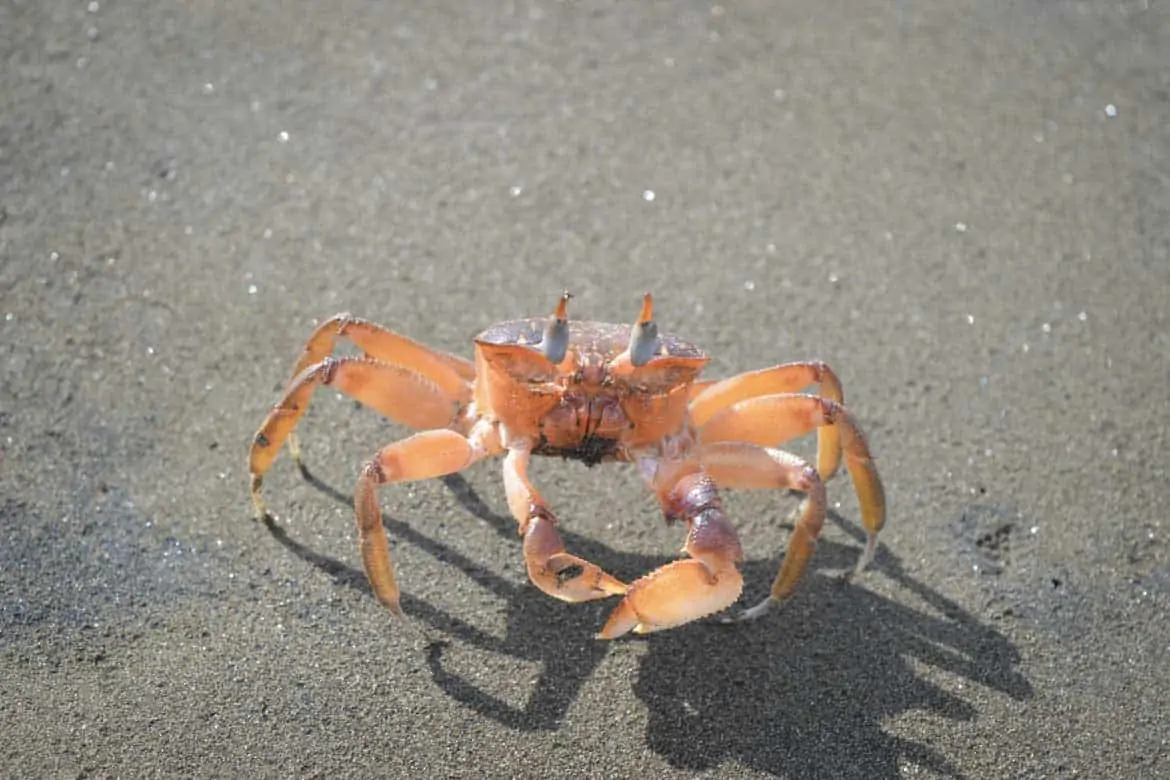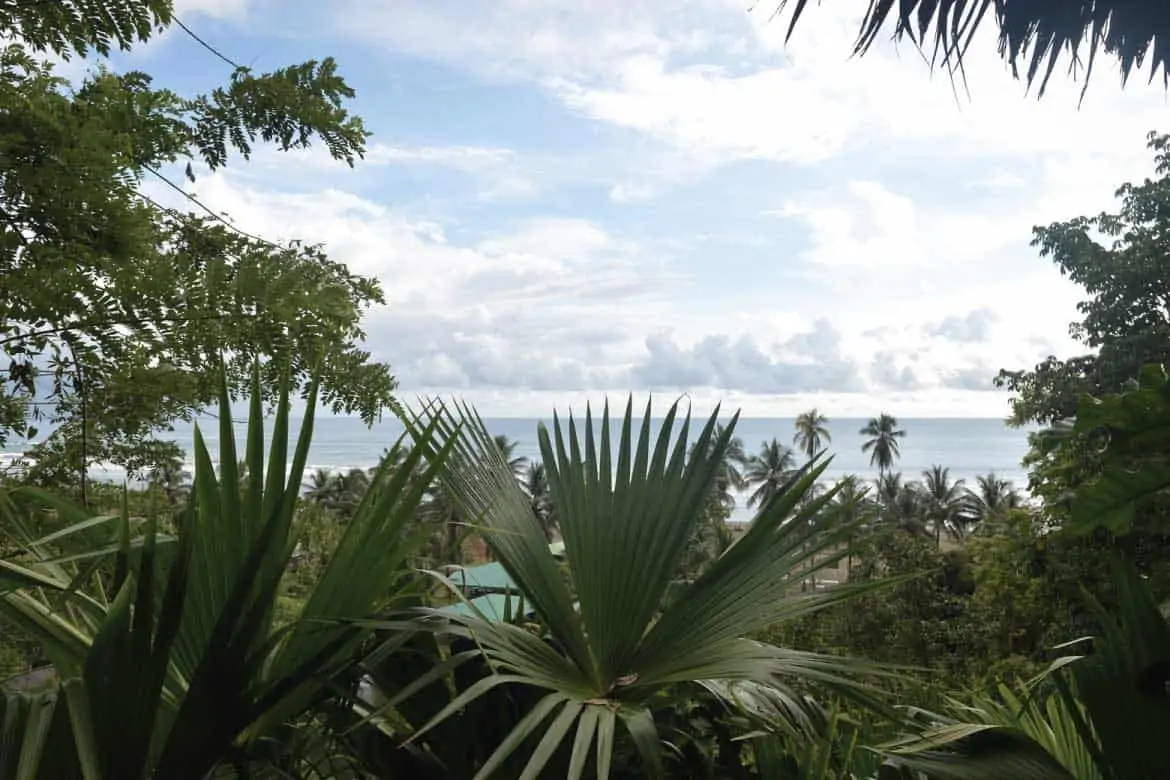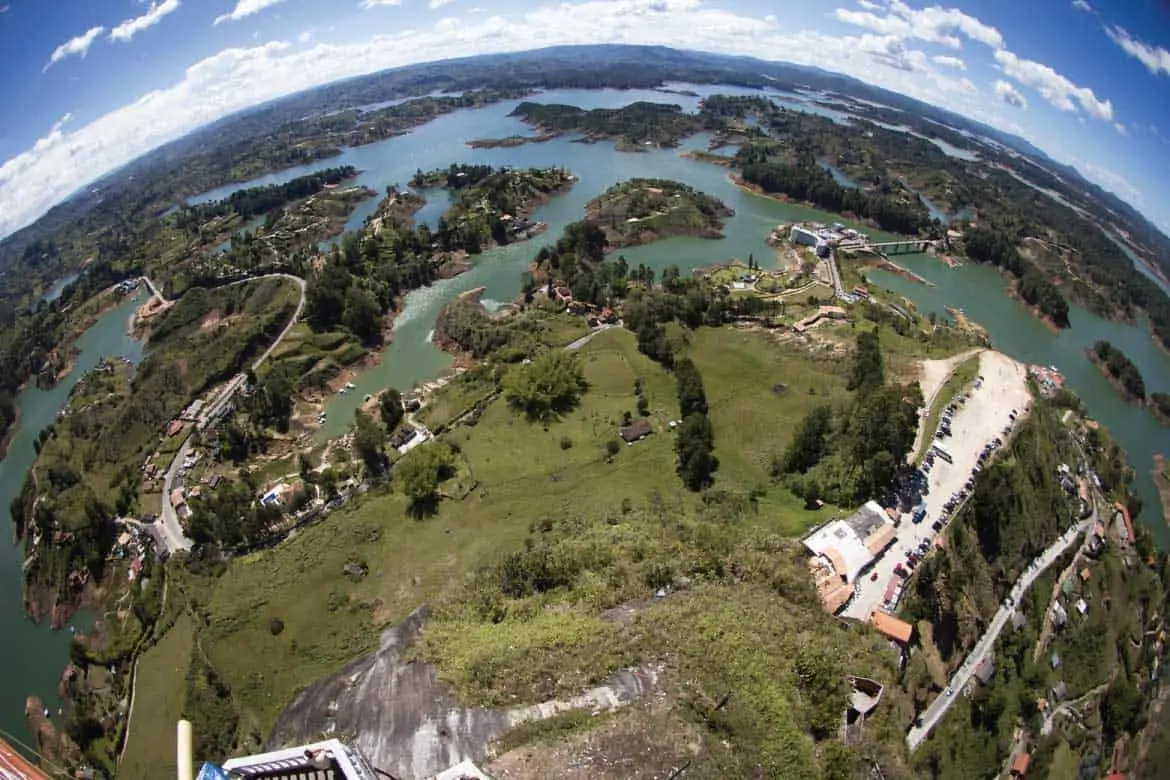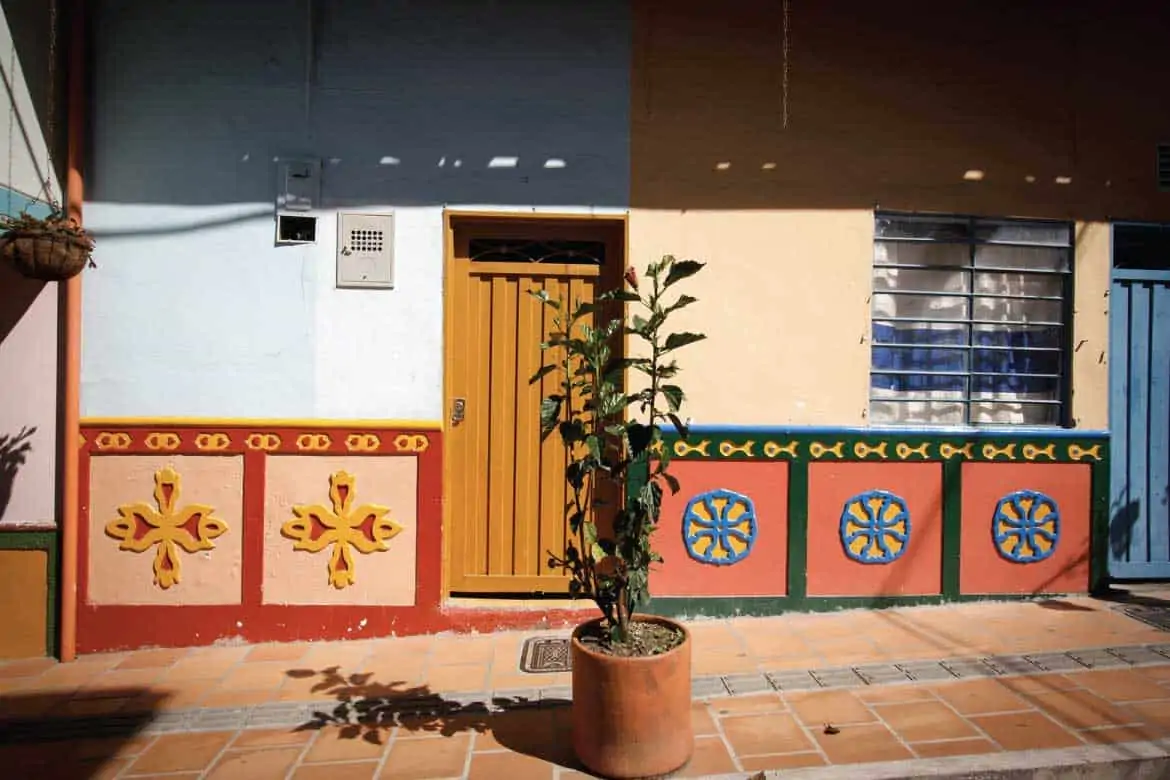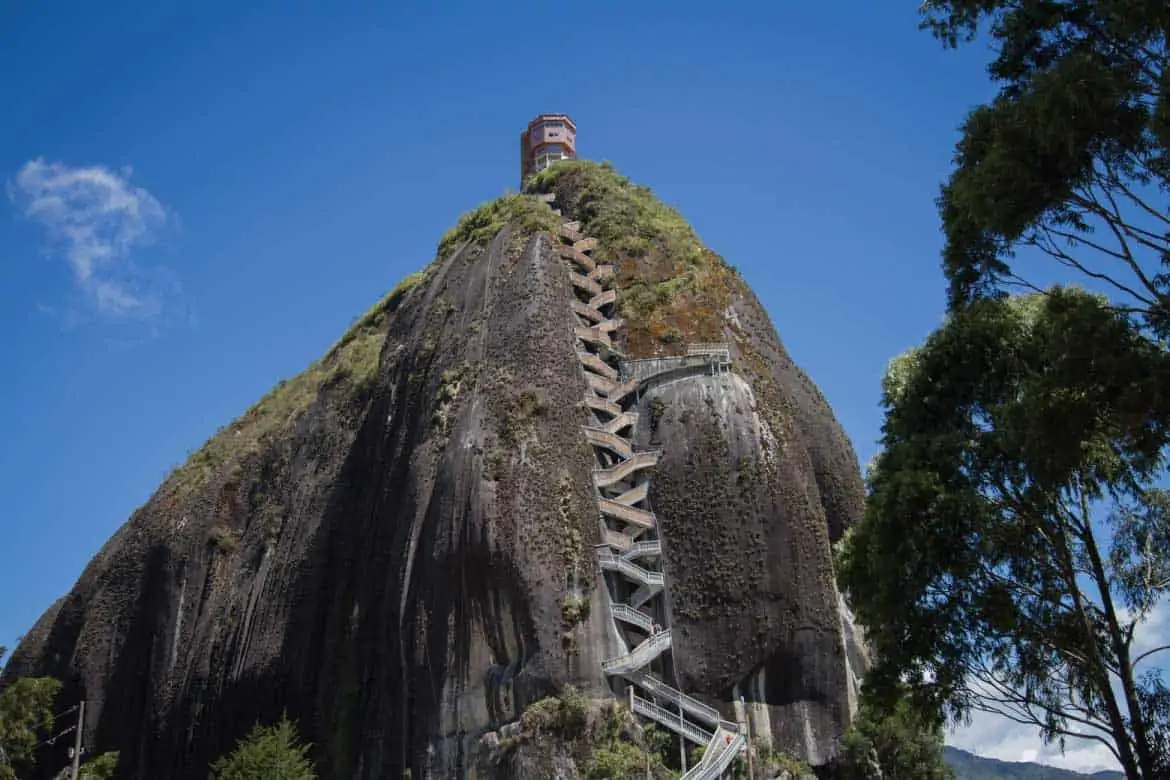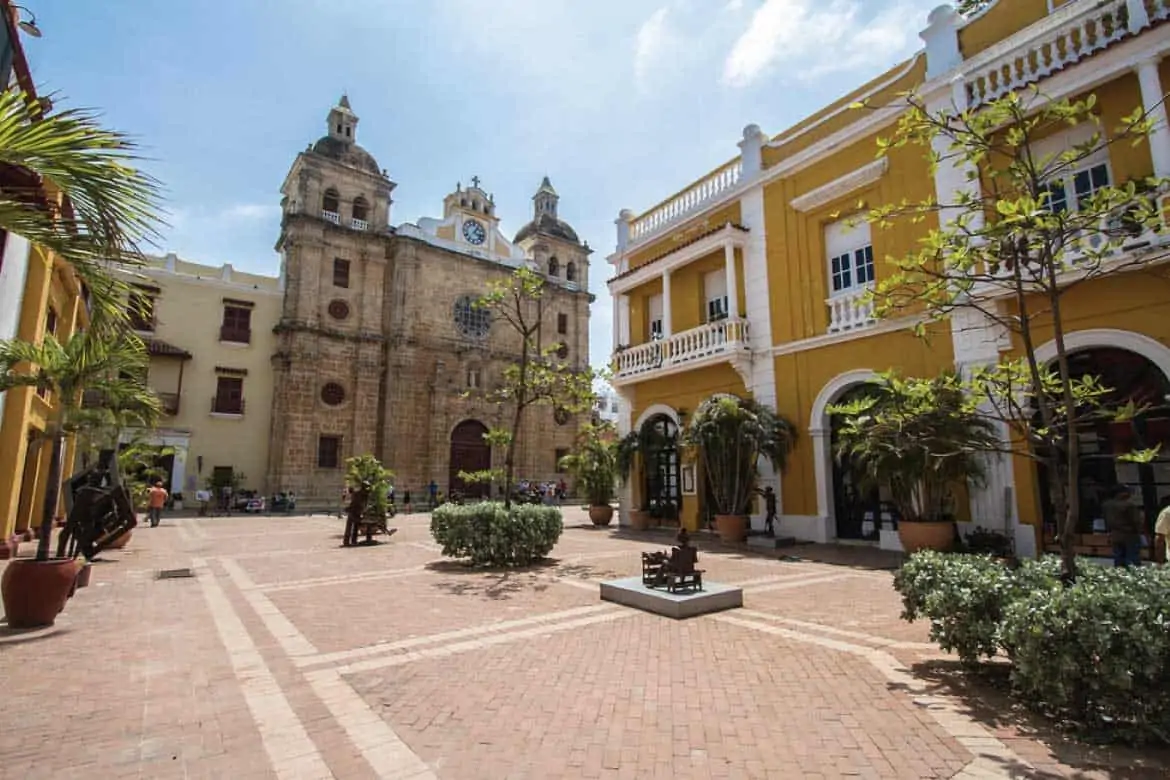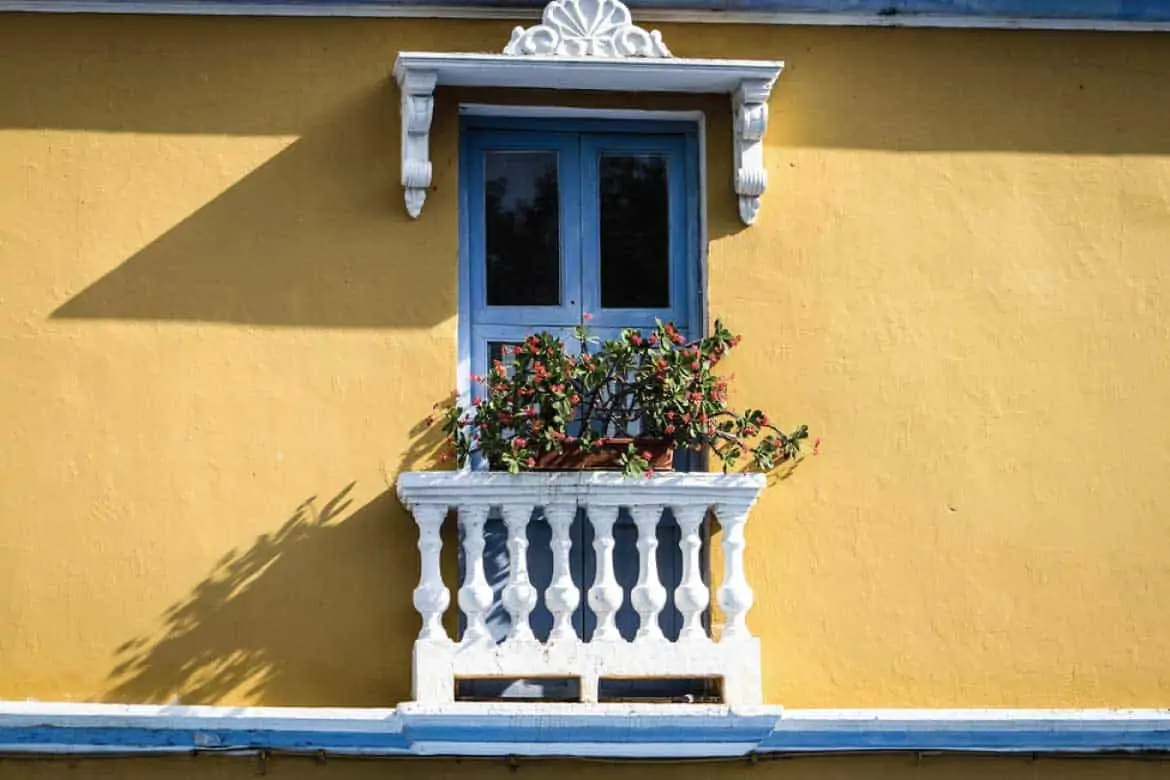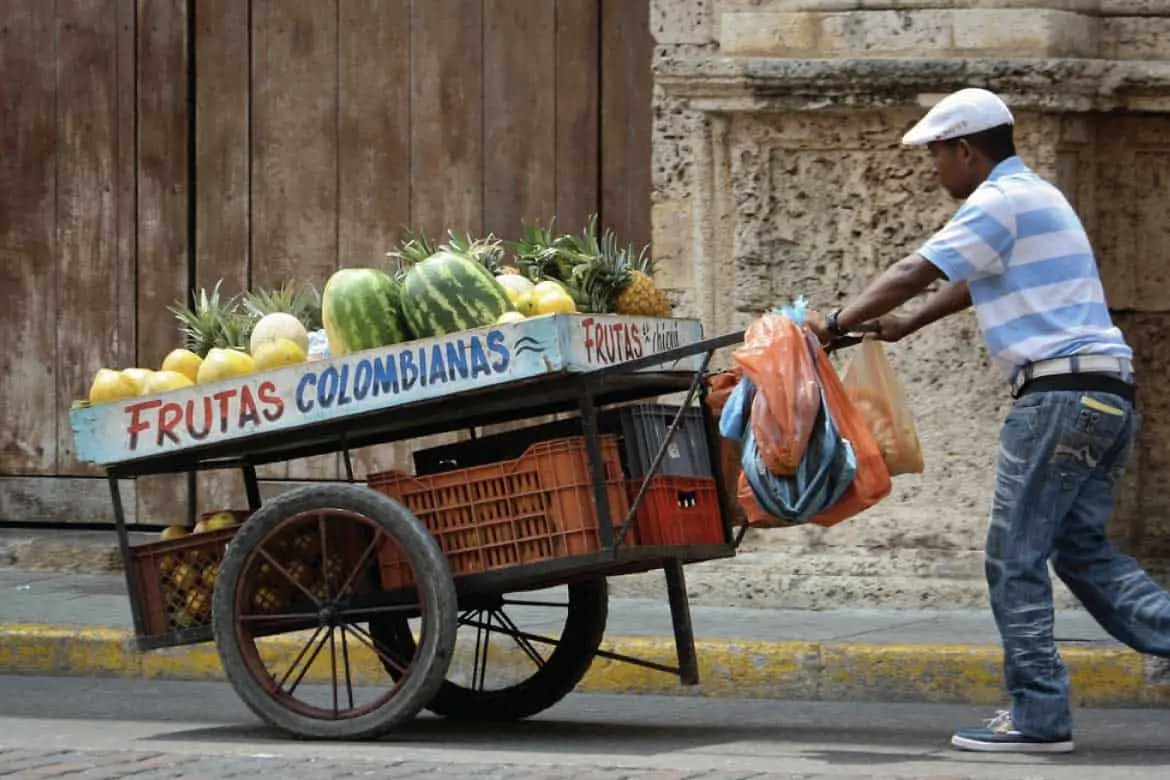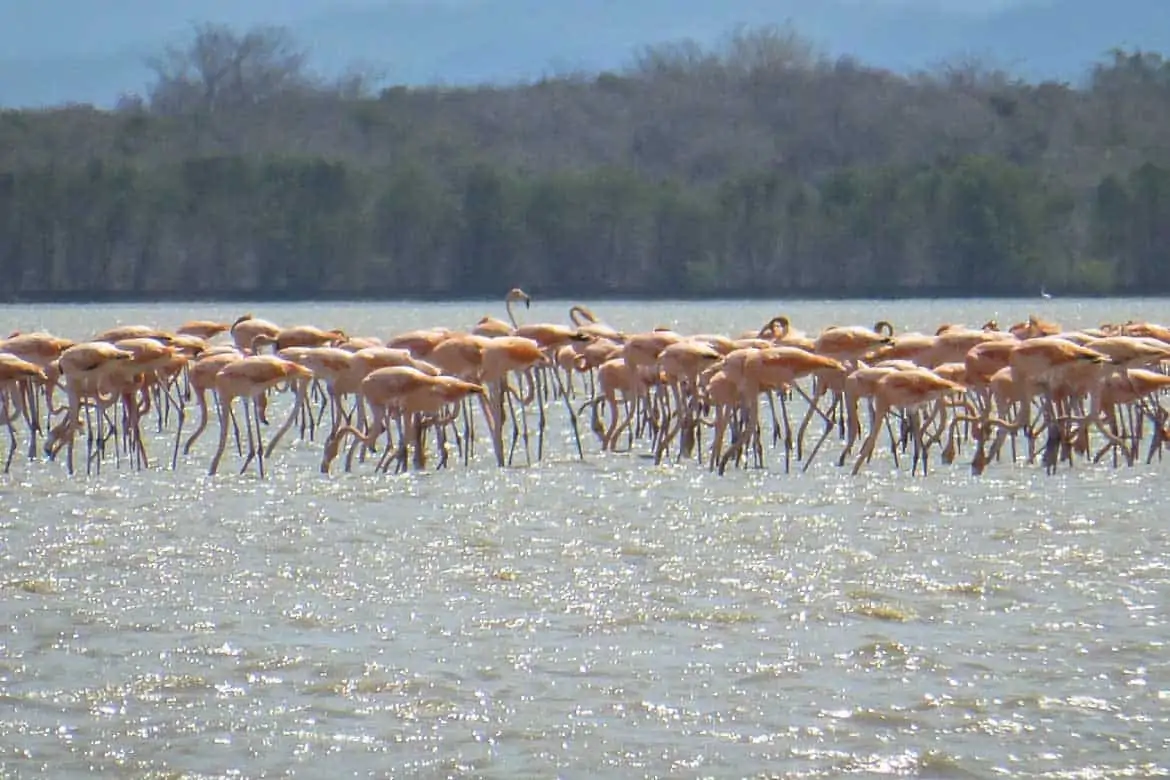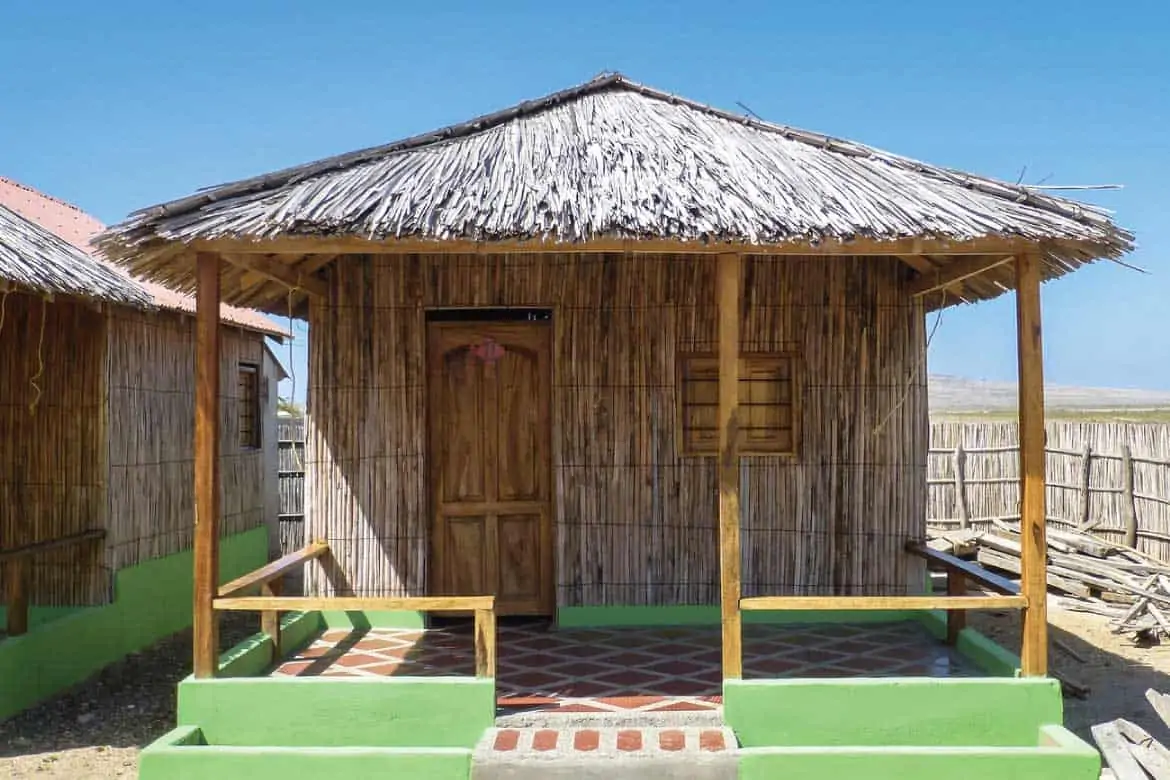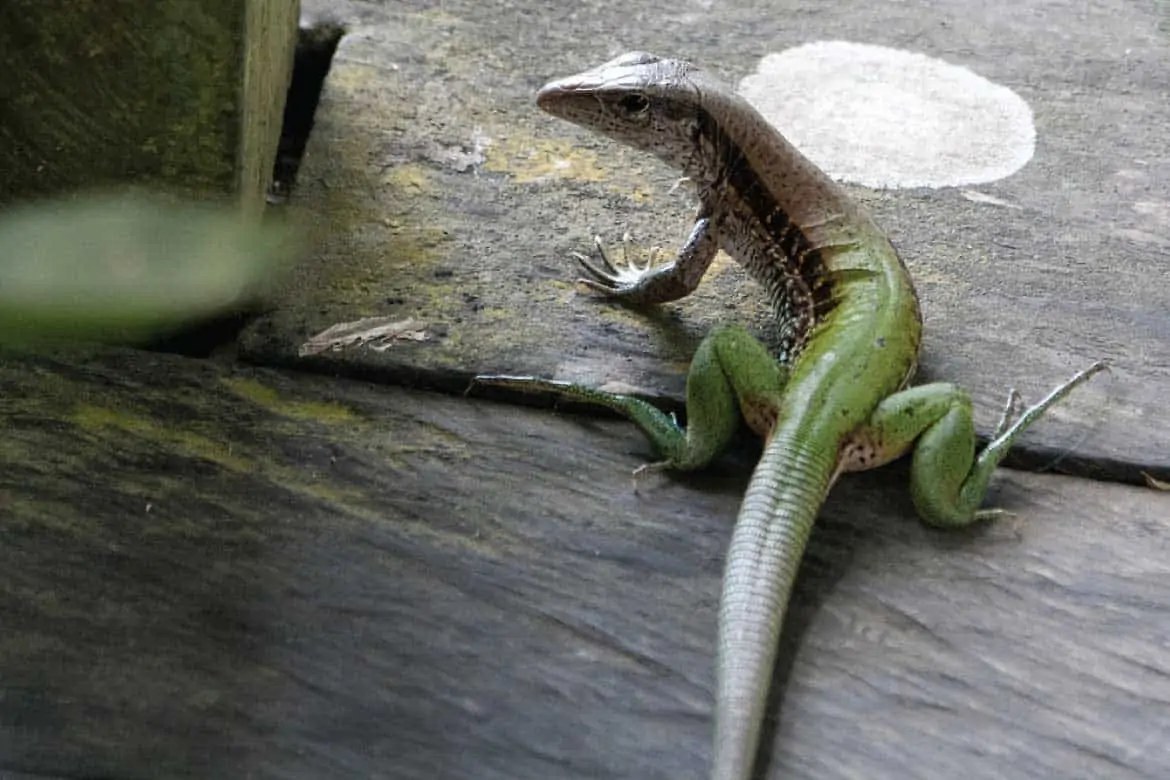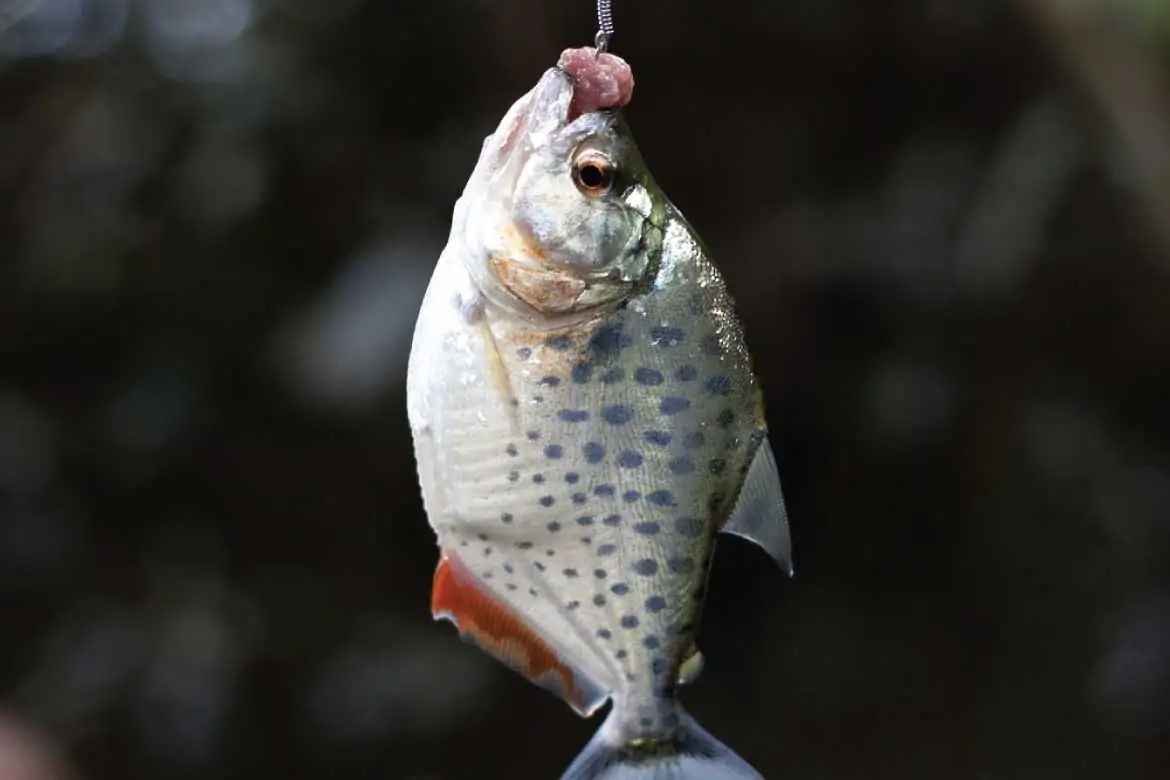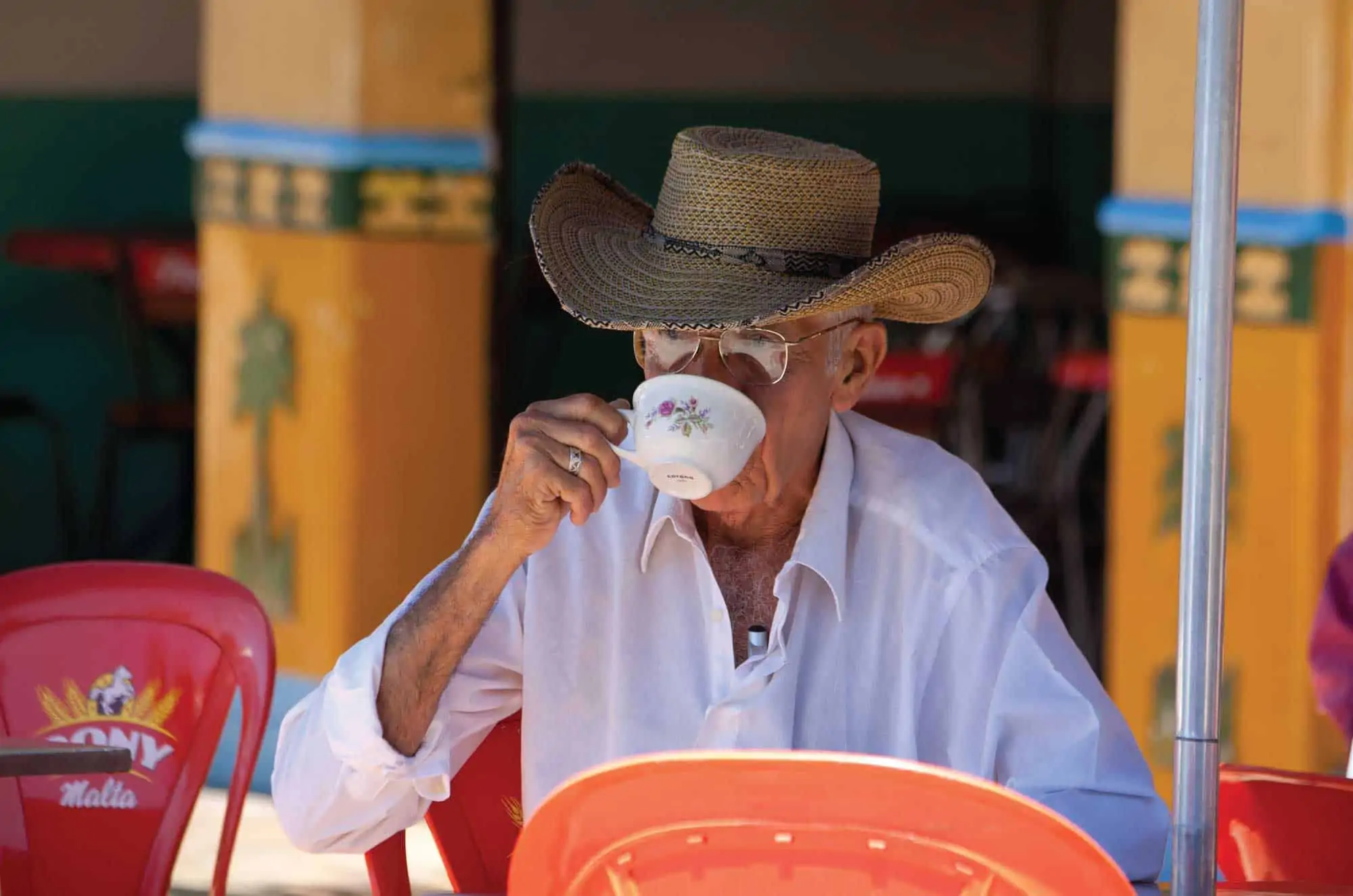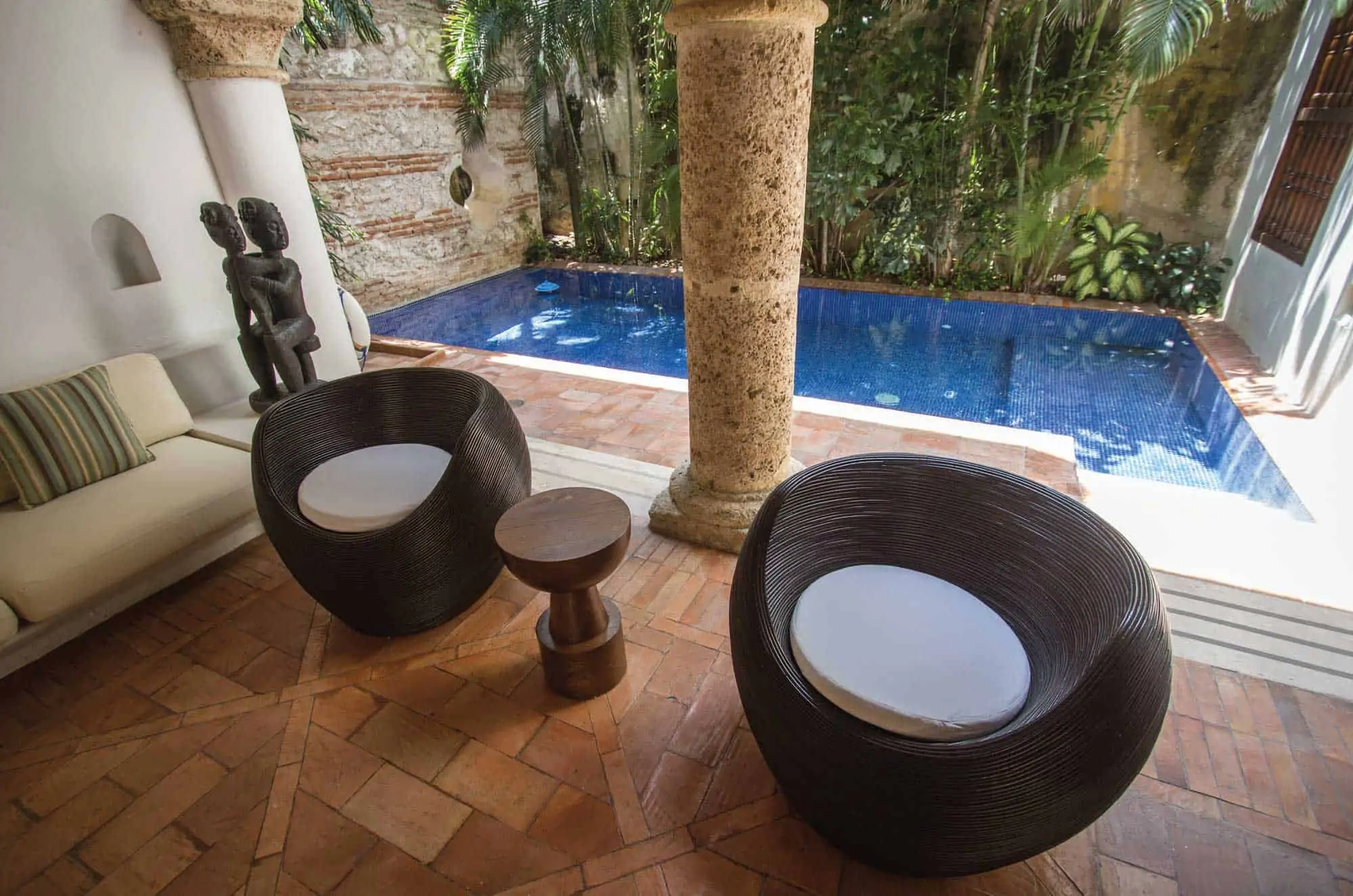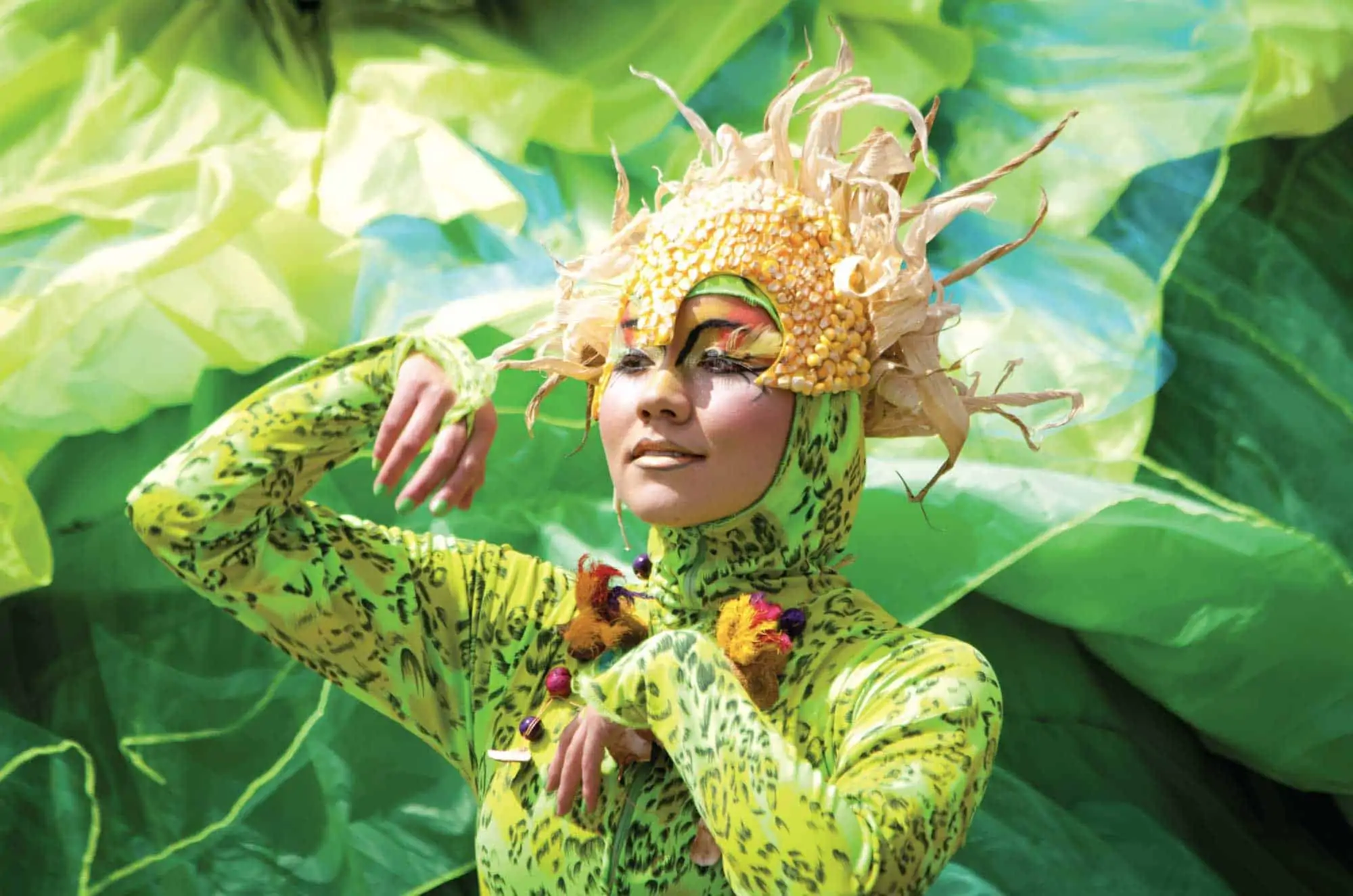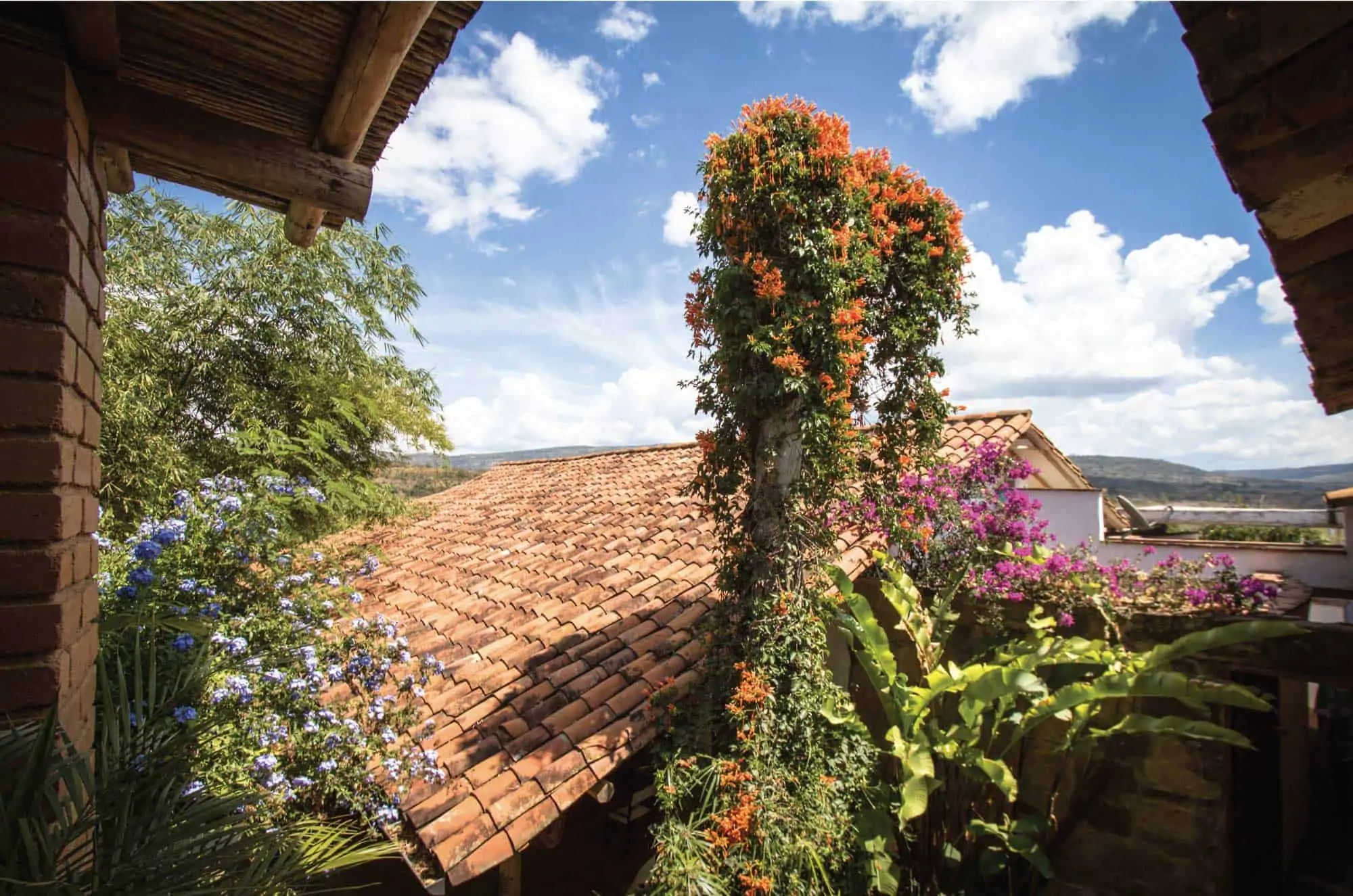Colombia by Region
Bogotá and its surroundings
Bogotá is the Colombia’s capital and the most common point of entry for tourists arriving by air. The city is also the cultural highlight of the country. There are countless festivals such as Rock en Parque, concerts, theatre, live music, exhibitions, readings and much, much more. Bogotá’s population has seen remarkable growth over the last 50 years ensuring that today modern Bogotá is a true melting pot of Colombian cultures.
Climate in Bogota
The climate can be grey and rainy, as the city is close to the largest páramo landscape of the world, the Páramo de Sumapaz. Typically Bogotá will have blue skies in the mornings, warm early afternoons, late afternoon showers and mild to cool evenings.
Where to stay?
Our accommodation offerings in Bogotá are located in La Candelaria the historic colonial centre. La Candelaria is the oldest district of Bogotá and is characterised by numerous colonial houses, small restaurants, bars and points of particular cultural interest. Also in Rosales, a walkable residential neighbourhood in the north of the city and close to plenty of bars and restaurants.
At the top of the hilly La Candelaria district there is the Plaza de Chorro de Quevedo, Bogotás oldest plaza and a a popular hangout for Bogotá’s independent and alternative crowd.
Walking down the hill we reach the Plaza Bolívar and the seat of Colombian power and justice. Plaza Bolívar houses the parliament building, the Cathedral of Bogotá and the Bogotá mayor’s offices. Behind the government buildings is Casa Nariño, the official residence of the president.
Nightlife
The north of Bogotá is where the uptown crowd party the night away in lavish bars, restaurants and clubs. Bogotá’s bohemians can more normally be seen hanging out in La Candelaria’s more personal bars, cafés and restaurants. La Macarena a few blocks to the north of La Candelaria offers some of the city’s finest dining and drinking establishments for the independent thinkers and artsy crowd. Not to say that outside of these main spots the city is dead of an evening, most nights of the week you will find bustling crowds in other areas such as Chapinero, Galerías, Modelia, Rosales, Av. Pepe Sierra and any residential area.
Ciclovía
Bogotá has a particular boast, and that is being the most bicycle friendly city in the world. Every Sunday and public holiday 200kms of Bogotá highways are given over to cyclists, skaters and joggers. Also part of the festivities is the Recreovía, free dance lessons and keep fit classes at various points along the Ciclovia. Each Sunday and public holiday approximately 2 million Bogotanos join in the fun.
Near Bogotá
Within easy reach of Bogotá there are some spectacular visitor attractions and The Colombian Way will be happy to organise day tours.
The Salt Cathedral in Zipaquirá is a former salt mine converted into a cathedral, an underground ecclesiastical maze set just outside the pretty town of Zipaquirá.
On the way to Zipaquirá, Parque Jaime Duque, a quintessentially Colombian park where fantasy meets folly betwixt its neatly manicured lawns.
You can also combine a trip to Zipaquirá with a trip to the sacred lagoon of Guatavita, holy place of the Muísca indians and origin of the legend of El Dorado.
Further north you have Nemocón which boasts marvellous salt mines in their original condition, this destination can also be combined with Guatavita.
To the south of Bogotá, yours to discover is the enchantingly named Cloud Forest of Chicaque, a nature park with uniquely interesting vegetation, birds and butterflies. An ideal spot for ornithologists.
The those looking for adventure, to the northwest of Bogotá is Tobia which offers kayaking, rapel and rafting on the Río Negro. Tobia boasts beautiful scenic surroundings & being at a lower elevation than Bogotá it is noticeably warmer.
Further along the Río Magdalena is Honda, with an even warmer climate and a very well preserved historic town centre. Honda is the ideal stopover for a night when travelling overland from Bogotá to Manizales.
Villa de Leyva
Villa de Leyva is a charming colonial town located 3 hours to the north of Bogotá. It is famous for its tranquil way of life, excellent outdoors activities and perfectly preserved colonial buildings.
The surroundings of Villa de Leyva are also fascinating with the Páramo de Iguaqué, Paso de Ángel, El Infiernito and Ecce Homo monastery.
The south of Colombia
The south of Colombia, is the birthplace of Colombia’s ancient civilisations. The most popular destination is surely San Agustín, which is a UNESCO world heritage site.
But let’s start at the north.
Tatacoa Desert
The Tatacoa Desert is Situated on the shores of the impressive Río Magdalena. A sensational mix of red and grey landscapes, which afford a fantastic photo opportunity.
San Agustín
Further south, one finds San Agustín. The route from Neiva to San Agustín is fantastic as it winds through the Río Magdalena gorge. San Agustín is a small picturesque but unassuming village. But does boast incredible surroundings. Green hills, green meadows, magnificent haciendas and fincas. The Colombian Way offers accommodation in such places situated in the beautiful surroundings
Tierradentro
The region of Tierradentro is approximately 6 hours from San Agustín. Deep in the valley lies the village of San Andrés de Pisimbalá, inhabited by the Paez Indians. This region is known for the graves that lie in subterranean caves in the area. It lends itself to a wonderful round-trip, up to El Aguacate, Segovia, El Duende and El Tablón then back again. The region is not touristy only simple accommodation has been developed there.
The ecological walk is physically challenging but worthwhile as you can enjoy a breathtaking view of the Inza Valley.
Popayán
Popayán, the capital of the Cauca department. It is famous for the colourful Easter processions and the pilgrims that flock to the city to watch them. In addition, Popayán has a wonderful, well-preserved city centre with beautiful, white, colonial houses along the narrow streets and the Church of Belén which is illuminated at night.
Popayán was devastated by an earthquake in 1983 which led to the restoration of much of the town. As such it is one of the best preserved colonial towns in Colombia
Silvia
Silvia is the village inhabited by the Guambiano Indians famous for their violet costumes. Each Tuesday an authentic market is held in the village and the Indians come down from their homes in the mountains to sell vegetables and other goods.
Pasto
Pasto is the capital of the Nariño department on the border with Ecuador. At the start of January each year the city plays host to the colourful Carnival de los Blancos y Negros.
Nearby to Pasto there are some spectacular sights. For example the Laguna de la Cocha with its beautiful chalet accommodation and the Azufral volcano with its green lagoon.
The actual border town itself is Ipiales which boasts the remarkable church of Las Lajas wedged between two hills in the valley below
Cali
Cali is best known not only as the capital of the Valle de Cauca department but also South America’s capital of salsa. Revered for its legendary rumba, Cali is not only a noted industrial town and strategically important for its enterprise, but also ideally located as a springboard for other tourism highlights and its access to the Pacific coast.
The coffee zone
The coffee zone is considered by many travellers to be the most beautiful region of the country.
Characterised by its mild spring-like climate, friendly people and lush green landscapes, it offers the perfect restful and relaxing retreat.
Three cities make up the coffee “triangle”, Pereira, Manizales and Armenia.
The interesting destinations in the coffee zone include the following.
Salento
Salento is a typical and well preserved coffee town located about 35 minutes from Armenia. Here you can find colourful houses demonstrating the local vernacular architecture, local crafts, friendly people, good coffee and good restaurants, many of which specialise in the excellent local trout.
This pleasant small town and its surroundings also offers some charming accommodation choices for visitors to the region.
Cocora Valley
The beautiful Cocora valley lies at the foot of the the coffee zone’s volcanoes. The valley is best know for the unique and imposing wax palm the national tree of Colombia and at heights of over 60m the tallest variety of palm tree in the world.
Marvellous and informative guided walks are available from Salento right up to Acaime, a reserve at the end of the valley ideal for photographing hummingbirds.
Coffee tours
Recuca is the ideal place to get to know the ins and outs of coffee cultivation and production. For a more technical tour, we recommend San Alberto.
Pereira, Armenia and Manizales
These are the three cities in the coffee zone. Armenia is situated at the entrance to the Valle del Cauca. The city was devastated in 1999 by a huge earthquake. From a tourism perspective, the city has to offer rather little. It has a beautiful butterfly garden in nearby Calarcá.
Pereira is a thriving industrial city. It is also called Little-Medellin. The climate is warm and pleasant. On the main square stands a sculpture of Simon Bolívar, which shows him naked mounted on a horse.
Manizales is known for its Feria del Cafe, which takes place during the first days of January. The city is built on many hills so requires a degree of fitness to navigate on foot. In the centre stands the city’s large cathedral. Manizales is your starting point for visits to the Nevado del Ruíz volcano.
Like Medellín, Manizales now also boasts a cable car to connect its neighbourhoods across its hilly topography.
Pacific Coast
The Pacific coast has very poor communications with the rest of the country, just two roads lead there from Pasto to Tumaco, and from Cali or Buga to Buenaventura.
Buenaventura is one of Colombia’s biggest ports and the principal port on the Pacific coast, a great many number of imports headed to and from China, Japan, Australia pass through the port.
In the vicinity of Buenaventura are a handful of beaches visited by weekend trippers from Cali, for example Ladrilleros and Juanchaco, two typical dark sand Pacific beaches.
Gorgona
Gorgona is a small Pacific island situated 56kms from the mainland. The island separated from the mainland many millions of years ago which affords Gorgona a unique island ecosystem. The island used to be home to a remote prison, today you can visit the remains of the prison. The island is also well known for diving and can be reached by boat from Guapí. Between July and August the island is noted as an excellent place for watching migrating humpback whales.
Nuquí
Nuquí itself is a small and relatively simple town with an airport.
Approx. 45 minutes from Nuquí away is the Eco-Lodge El Cantil. This lodge has a few cabins, which are located directly behind the most beautiful beaches in the country.
Bahía Solano
El Valle is a small village that is located in the Bahía Solano region. A wonderful eco-lodge is located there. El Almejal is a marvellous lodge and an ecological project located on El Almejal beach. Large turtles are draw baby turtles from the sea, nurtures them in captivity and releases when they are grown sufficiently to fend for themselves.
Bahía Solano is another perfect place to observe the passing humpback whales.
Located near to Bahía Solano is the National Park of Utría which is home to approximately 300 different bird species and the largest number of species of bats. The area is the traditional homeland of the Embera Indians.
Medellín
Medellín was known throughout the world for its gangsterism and eponymous drug cartel. Medellín began a progressive rebirth in 1993 when Pablo Escobar was killed on the rooftops of the city. Since then the city has undertaken a rapid and positive transformation. It is the only city in Colombia with a metro system, the metro system is connected to certain hilly neighbourhoods by means of cable cars.
The inhabitants of the region are known as Paisas well educated, polite, friendly and helpful people descended from Europeans. Paisas are well known in Colombia to be the most adept business people.
Paisas speak a slightly different version of Spanish colloquially known as the Paisa dialect.
Each year the Feria de Flores takes place, the feria is the highlight of the Paisa culture and is marked by a large flower parade through the city.
The region around Medellín also has many attractive locations. You will find villages such as Santa Fé de Antioquia, the former capital of the department and a beautiful colonial style village. Also nearby is El Puente de Occidente, Colombia’s only suspension bridge which crosses the Río Cauca. The climate is quite hot and dry and an ideal place to relax in marvellous grand hotels with swimming pools.
Guatapé and El Peñón
El Peñón is a huge monolith overlooking a large number of interconnecting lakes, it is possible to climb the rock by stairs carved into the side. From there you can also visit the traditional village of Guatapé, well known for its very colourful handicrafts made by the locals.
Río Claro
Río Claro is a beautiful nature reserve between Doradal and Medellín, the reserve has comfortable cabins where you can spend the night. There are some crystal clear rivers nearby for swimming as well as some interesting caves.
Caribbean coast
Cartagena
Cartagena is surely the most popular destination on the coast. A superb, colonial old town district. Glorious streets, squares and small parks. Surrounded by the historic city walls. These are perhaps the best hotels and restaurants in the country.
Golfo de Morrosquillo
The Golfo de Morosquillo remains an unknown region but has some beautiful eco-hotels, paradise beaches, excellent diving and incredible diversity of flora and fauna. In the Gulf you will also find the archipelago of the the San Bernado islands, we can also organise a stay at one of these islands and perhaps you want to visit to visit Santa Cruz de Islote, the world’s most densely populated island with one hectare of land, and 1247 inhabitants living in just 97 houses.
The Golfo de Morosquillo has fantastic beaches and is the perfect escape from the hustle and bustle of Cartagena. It is a few short hours away but can also be reached from the airport in Corozal. Typical beach resorts in the gulf for Colombian tourists are Tolú and Coveñas.
Capurganá and Sapzurro
Capurganá and Sapzurro are two villages located in the northeast of Colombia alongside the Panamanian border. They delineate the end of Colombia and the start of the Darien Gap. The famously difficult to navigate passage between Central America and South America.
It is an ideal starting point for an incredible sailing trip to Panama’s San Blas Islands.
Santa Marta & Tayrona
Santa Marta is Colombia’s oldest city, it is also where the liberator Simon Bolívar died in the beautiful finca Hacienda San Pedro de Alejandrino. A very well conserved hacienda that guards many secrets of Colombia’s colonial history.
Also the cathedral in the old town is an interesting place to visit.
In the bay to the east of Santa Marta you will find Taganga, a relaxed fisherman’s village, Taganga is a hotspot for the international travelling scene, a popular destination for backpackers and Colombians alike.
Behind Santa Marta you will find the world’s highest coastal mountain system, the Sierra Nevada de Santa Marta. In this mountain system you will also discover the highest mountains in Colombia, the Pico Colón and Pico Bolívar. Also La Ciudad Perdida, the most important archaeological site in Colombia lies in the mountain range. La Ciudad Perdida is reached via a 5 day trek.
Parque Tayrona is one of the Caribbean coast’s traveller’s highlights. Paradise beaches and wild rock formations, but take care with swimming, it is not possible on all of the beaches due to strong undercurrents.
Up in the hills of Parque Tayrona you can find El Pueblito, a traditional village of the Kogi Indians. Some Kogi families still live in the village, you can reach them via an interesting but physically demanding 2 hour trek.
Behind Parque Tayrona there are more interesting beaches and historical places, for example, Taironaka and Palomino, these places are less visited that Parque Tayrona and still somewhat off the beaten track. Close to Taironaka and Palomino you can find Quebrada Valencia, an imposing waterfall.
Guajira
Guajira is a desert-like peninsular which shares a border with Venezuela. There is still barely any tourist infrastructure so it is somewhat difficult to travel there by yourself.
Public transportation is almost non-existent, that is one of the reasons that travelling in La Guajira offers a real adventure, ideal for those that are not fussy about a lack of comfort and convenience.
The starting point for a visit to Guajira is Riohacha, the capital of La Guajira, from there you drive to the east and you reach another town called Maicao, a commercial town where smuggled goods from Venezuela are traded. The well known emerging tourist hot spot in La Guajira is surely el Cabo de la Vela, a barren region juxtaposed with clear blue seas.
For those looking for real adventure, head to Guajira Alta where you will find sand dunes, nature reserves, beautiful beaches and amazing landscapes. However it is important that you do not go alone, plan carefully and go as a group.
Uribia is the capital of the Wayúu Indians, where the inhabitants make brightly coloured bags and hammocks, near to Uribia is Manaure, famous for its salt mines and the flamingo nature reserve.
The Mountains
Colombia has three ranges of The Andes which play host to most of Colombia’s principal cities.
San Gil & Barichara
San Gil is a small town with a hot climate, it is particularly noted for its adventure sports. It is located on the road from Bogotá to Bucaramanga.
Adjacent to San Gil is Barichara, unofficially titled the most beautiful village of Colombia, it offers an abundance of well conserved colonial style houses and a marvellous walk to Guane.
On the way to Bucaramanga heading North you cross the impressive Chichamocha Canyon, a great place for paragliding. Bucaramanga is the next main town you come to, known as the ciudad bonita. Bucaramanga is famous for the manufacture of shoes and also produces some of Colombia’s finest chocolate.
Located next to Bucaramanga is Girón, yet another beautiful colonial village.
Los Llanos & Amazonas
Caño Cristales
Caño Cristales is also known as the riverscape from paradise, the river of paradise, the most beautiful river in the world and even the most psychedelic river in the world.
Why is it so beautiful? it contains an alga that creates a kaleidoscope of colours beneath the water. Caño Cristales is located in a former conflict zone in the Meta department close to the village of La Macarena, a former coca-growing zone.
Cerros de Mavecure
Near the Venezuelan border you will find a small town called Puerto Inírida, from Puerto Inírida the highlight of the region is the Cerros de Mavecure. Huge monolithic rocks rising out of the jungle landscape, the rocks reach an altitude of 400m. It is possible to sleep in tents close to the Inírida River, you can also climb to the top of one of the peaks and overlook the dense jungle below.
Leticia
Leticia is a Colombian town in the most southerly extreme of the country. It can only be reached by airplane from Colombia. It is a border town sharing frontiers with both Perú and Brazil. One side of the street is Leticia, walk five minutes and you are in Tabatinga Brazil.
Leticia is the starting point for excursions deeper into the Amazon jungle, for example to go to one of the jungle lodges approximately 5 hours by boat from the town.



